Grove at Grand Bay Garden
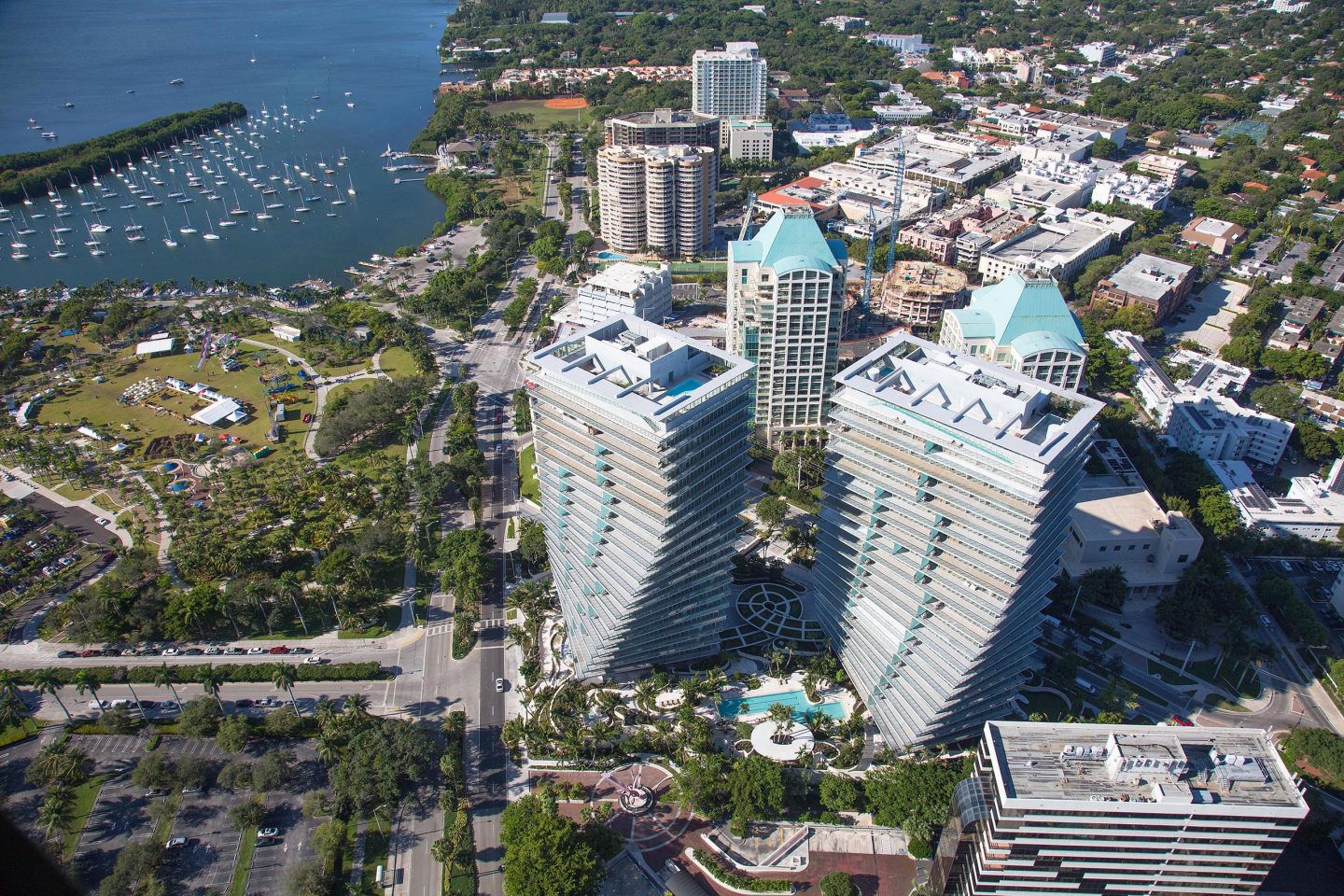
Timeless elegance through material and planting selections, the Gardens at Grove at Grand Bay seamlessly melds modern construction with the surrounding historic village community of Coconut Grove. … Read More
Jungles’s vision was to seamlessly meld the gardens of the Grove at Grand Bay with the historic village community of Coconut Grove, Florida, and the dynamic towers designed by renowned, international architecture firm, Bjarke Ingels Group. Timeless elegance informed the material choices and the garden appears to have always been there.
Coconut Grove, or as locals call it, “The Grove,” has been a haven for writers, artists, thinkers, and iconoclasts for over 100 years and is the oldest neighborhood in Miami. The 3-acre site was once home to the Grand Bay Hotel, one of Miami’s most prestigious attractions during the 1980s and early 1990s. Despite being the only hotel in the area to have earned a five-star rating, it lost popularity in its later years and was eventually closed in 2008.
In 2011, it became Jungles’s responsibility to “re-grove the Grove” on this prominent project site through a collaboration with a talented client and consultant team. His team led many major moves including conceptualizing the entire site circulation, both vehicular and pedestrian.
Curving forms, gracious ramps, and twisting palm trees complement the spiraling geometry of the 20-story dynamic, residential towers. With floor plates that rotate every three feet at every elevation from the 3rd floor to the 17th floor, Bjarke Ingels Group created two gracefully twisting towers that appear to float over the Jungles-designed lush, canopied oasis and turn to capture the view as they rise to the sky. Bjarke Ingels designed the towers to “dance together, to create space for each other, yet respond to each other and the environment.”
Views down into the gardens, towards the surrounding canopied neighborhoods, and beyond Sailboat Bay offer peaceful, verdant backdrops to residential units with vast balconies that act as vertical homes in the sky. From any point and at any garden level, one may look up towards the sky to see two amazing pieces of sculpture that guide the eye up towards the clouds.
By vehicle, visitors cross an oolite guardhouse into the porte-cochere area covered by a spiraling concrete canopy structure coined “the ribbon.” Limited planting depths provide a unique palette of resilient and cascading groundcovers that create an intriguing garden view from above.
The development sits on a parking lot, which is tastefully hidden below grade. At the direction of Raymond Jungles and his team, all the topographical lines are curvilinear on the exterior and as they reach the façade, they become straight. The natural oolite stone changes from being a raw porous finish to a more honed surface, further embracing the interior-exterior continuity.
Upon arrival by foot, the southern tower welcomes visitors with an oolitic rock multi-tiered garden with a tranquil water garden element that neutralizes any road noise from adjacent Bayshore Drive, creating a serene feeling as one approaches the lobby. This area is also the public realm, inviting pedestrians to enjoy this little pocket of respite during their weekend strolls in the neighborhood.
The landscape architectural design provides an opportunity for spontaneous human interaction. The spaces were designed with consideration for people of all age groups. Programmatic elements were introduced including shade structures, secluded areas for contemplation, water gardens, and communal gardens to please people with varied interests. To circumnavigate the significant grade change of the site, we carefully designed the circulation to achieve slopes no greater than 5%.
The project and corresponding gardens have brought tremendous attention to Coconut Grove, further defining a level of quality for future developments in the Miami area. Large legacy trees on the site not only provide immense areas of shade but also, blur the lines between what is old and new. Installation of the gardens has acted as a catalyst, sparking conversation about future landscape improvements throughout the neighborhood. Uplifting and iconic, the gardens at Grove at Grand Bay enhance the village experience, graciously shading the ample public and pedestrian experiences with park-like amenities.
The overall result is a lushly landscaped campus that echoes the natural aura of Coconut Grove and promotes sustainability, with Grove at Grand Bay the first all-residential tower to achieve LEED Gold status in Miami. Measures involved reducing the use of potable water for irrigation by almost 80 percent. At least 30 percent of the project’s materials were recycled or locally sourced. The project utilized over 470 canopy, understory, and palm trees and over 15,400 plants, the largest amount of plant material and species to be utilized in commercial development in the area, and 75% native.
The twisting towers survived 100-mile-an-hour winds and a 4-foot storm surge when Hurricane Irma hit in September 2017. While three trees had to be stood back up and re-braced, most of the garden remained intact.
Raymond Jungles’s home and design studio are in Coconut Grove, so the project’s development was personal and is part of his firm’s daily experience.
-
Year of Completion
2014
-
Location
Coconut Grove, Florida
-
Client
Terra Group
-
General Contractor
Facchina Construction of Florida, LLC
-
Design Architect
Bjarke Ingels Group (BIG)
-
Architect of Record
Nichols, Brosch, Wrust, Wolfe+Associates
-
Photography
Robin Hill, Stephen Dunn
-
Consultants
Desimone Consulting Engineers; HNGS Engineers; VSN Engineering, Inc.; O'Brien Lighting, Inc.; Aquadynamics Design Group, Inc.
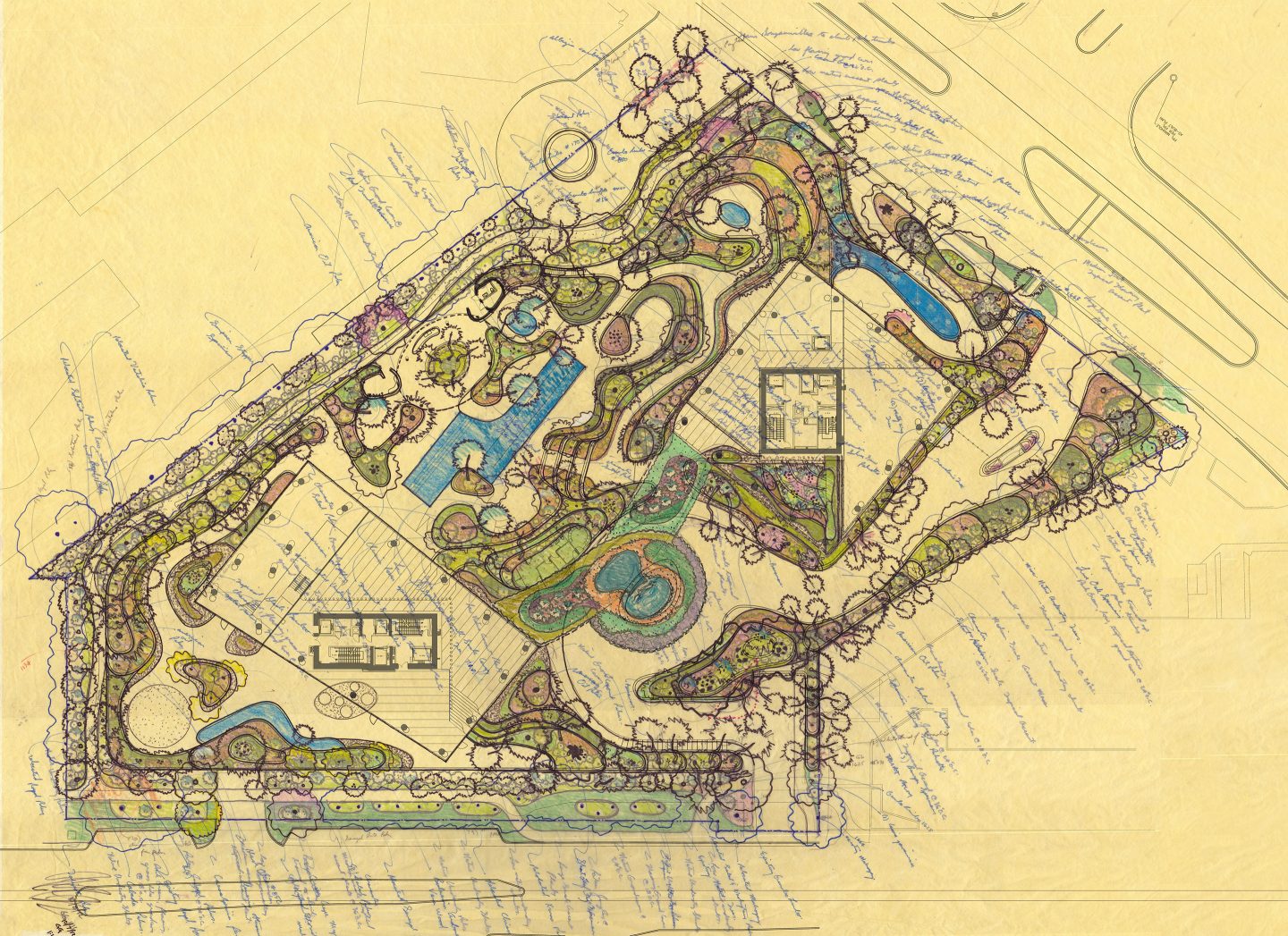
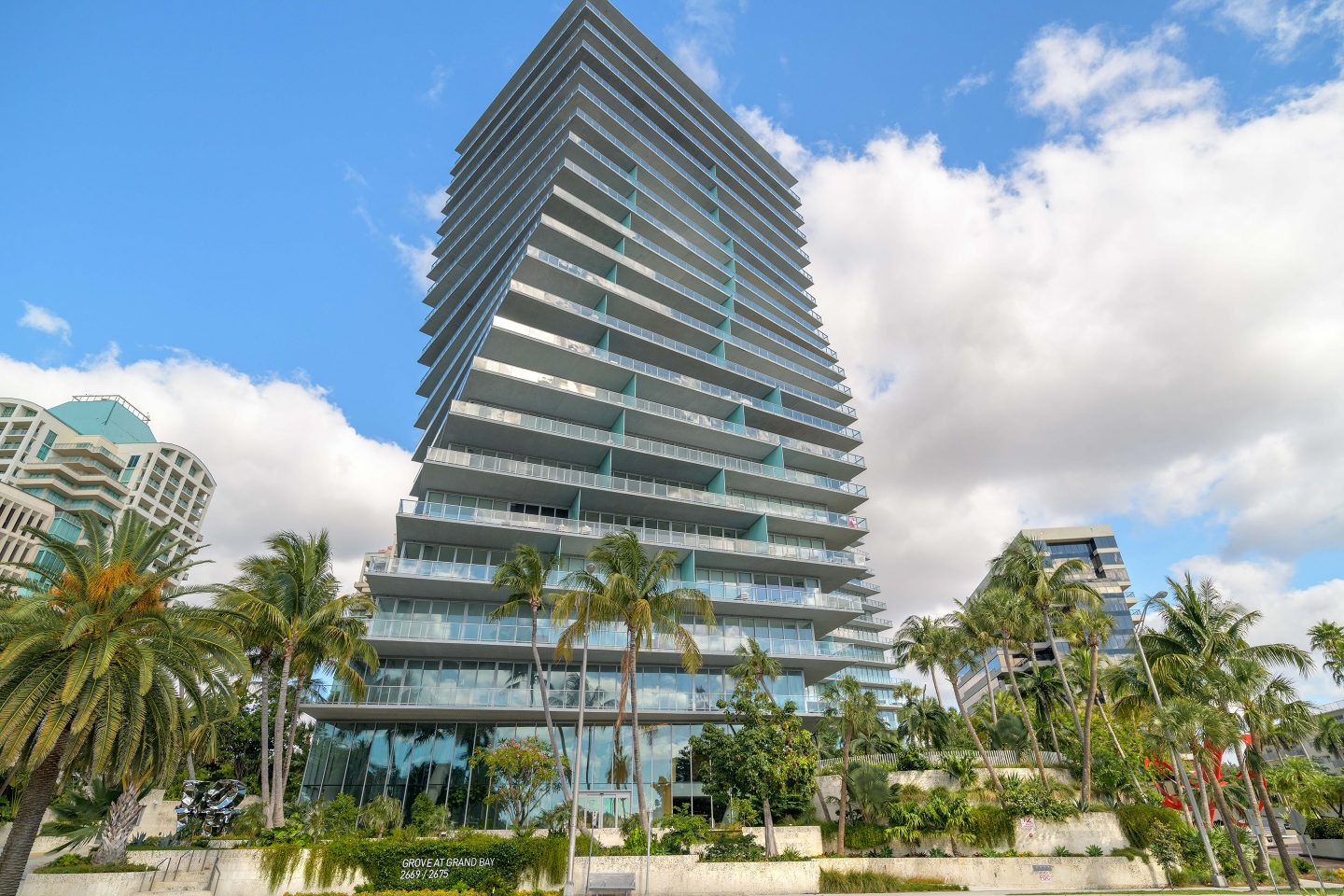
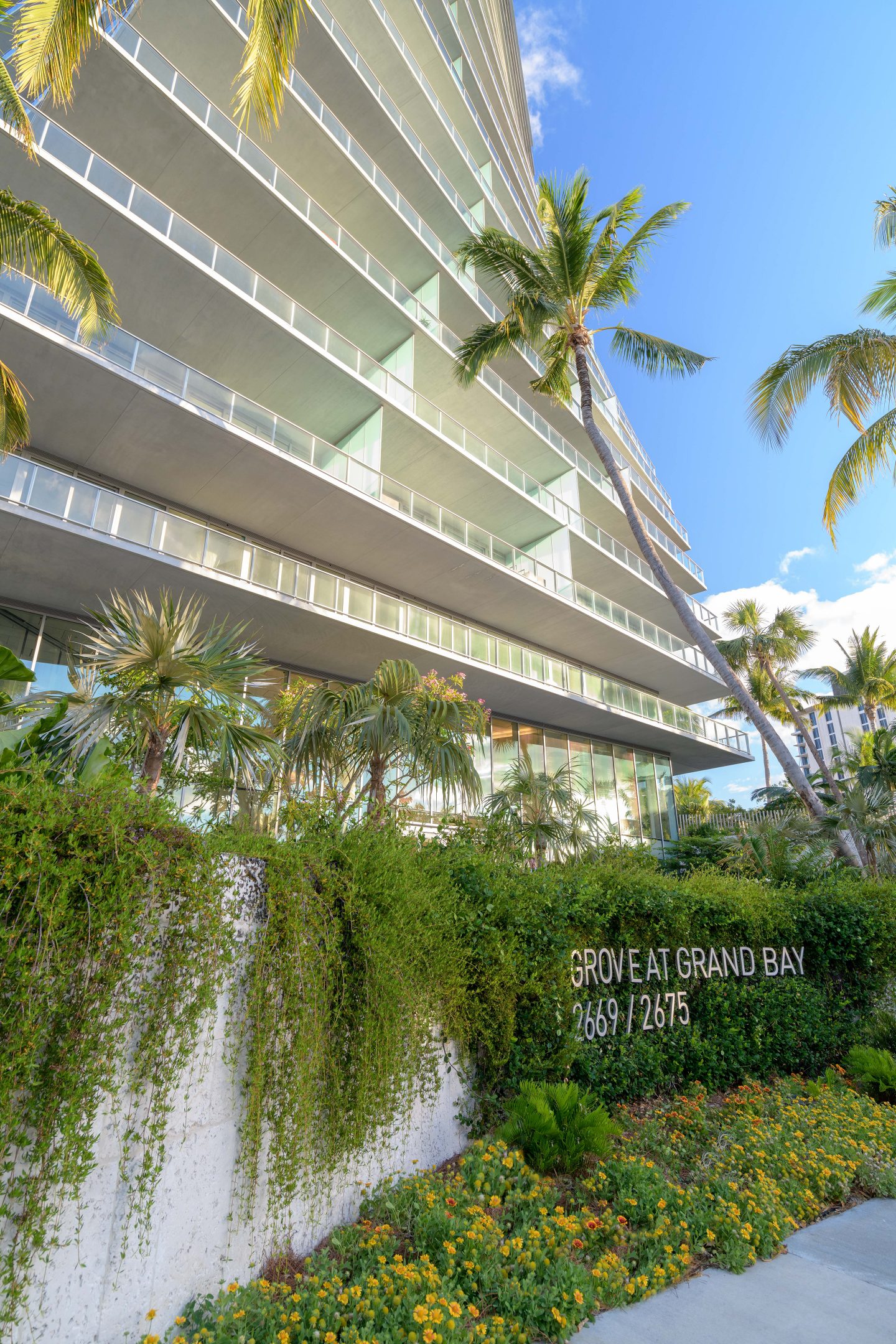
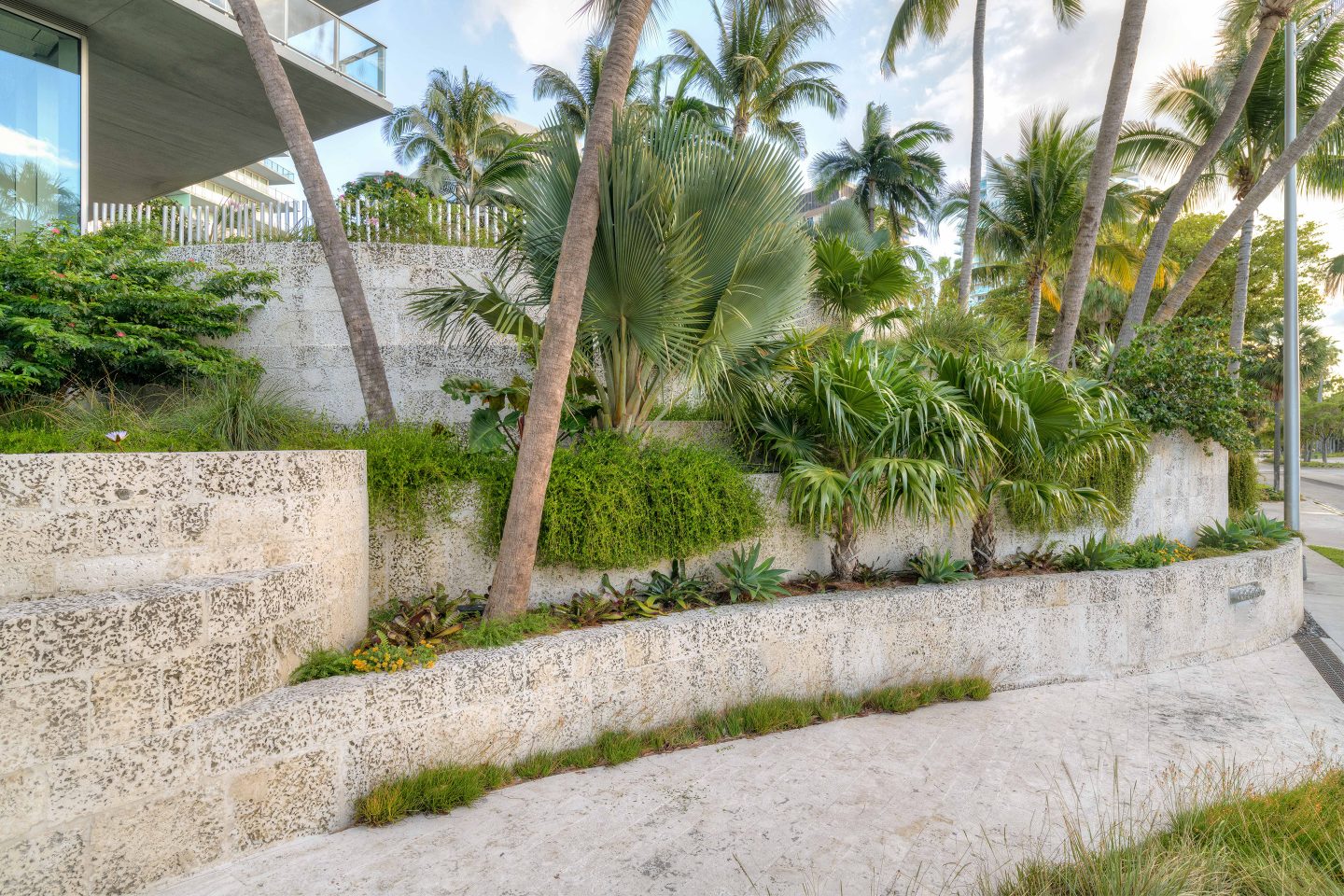
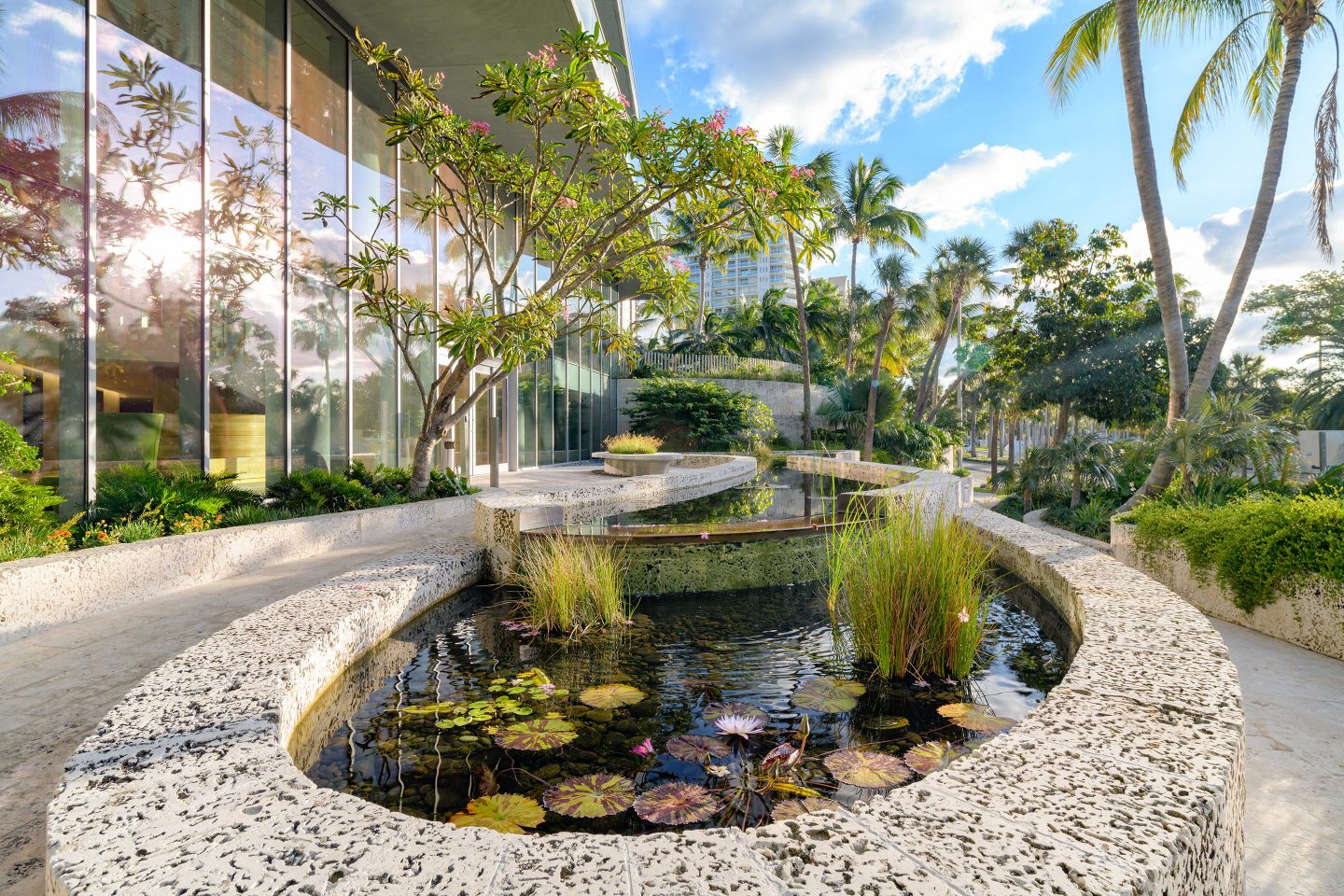
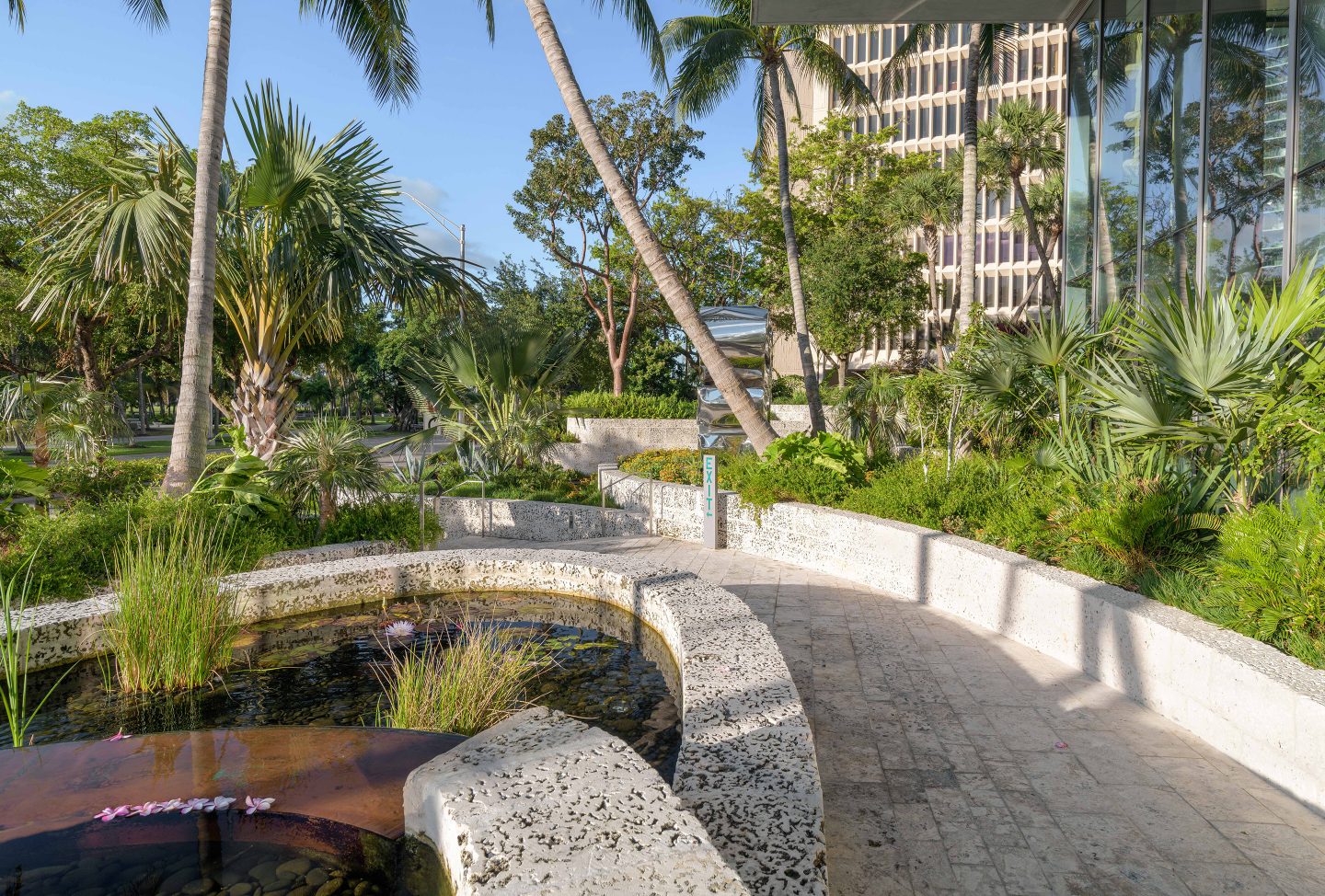
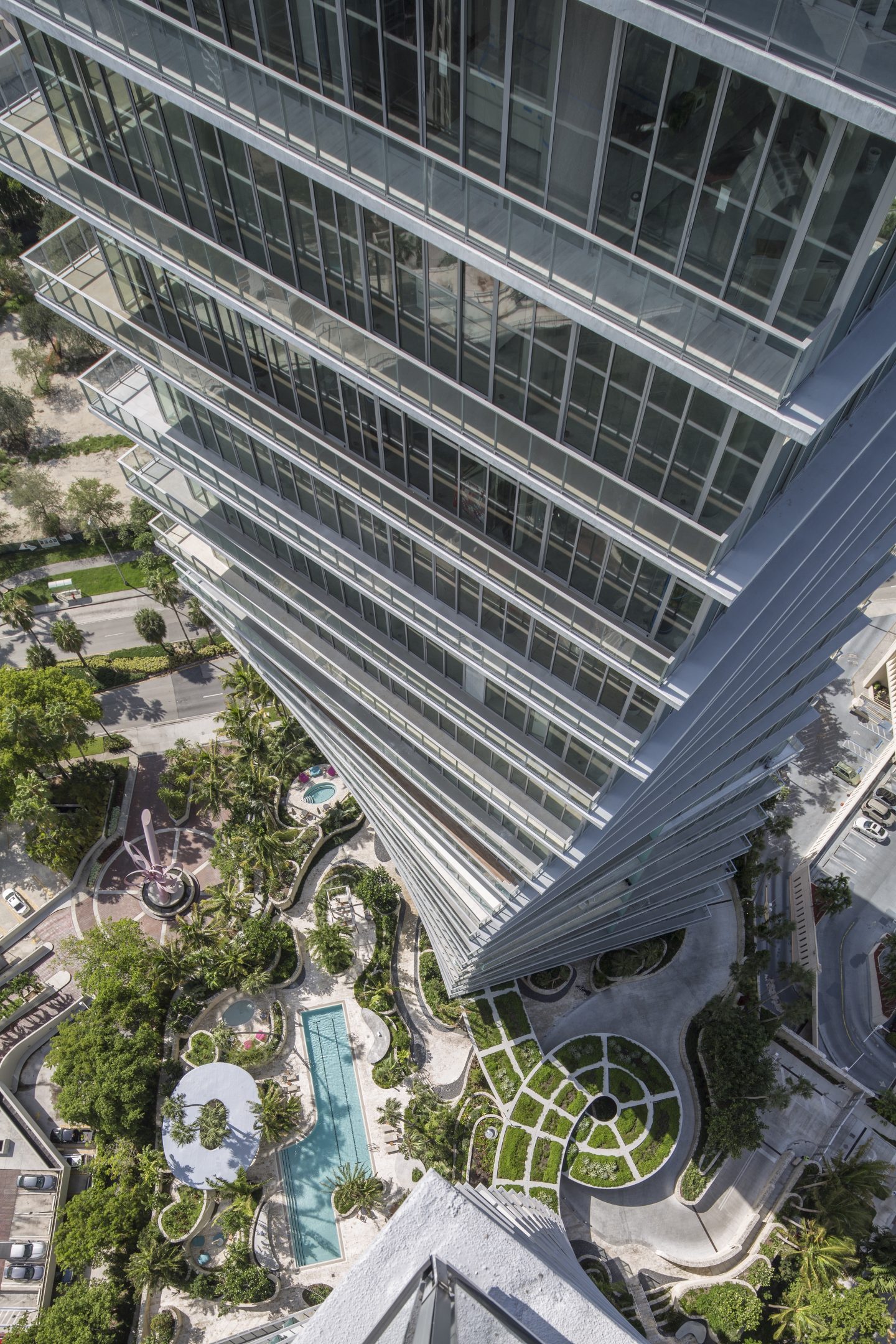

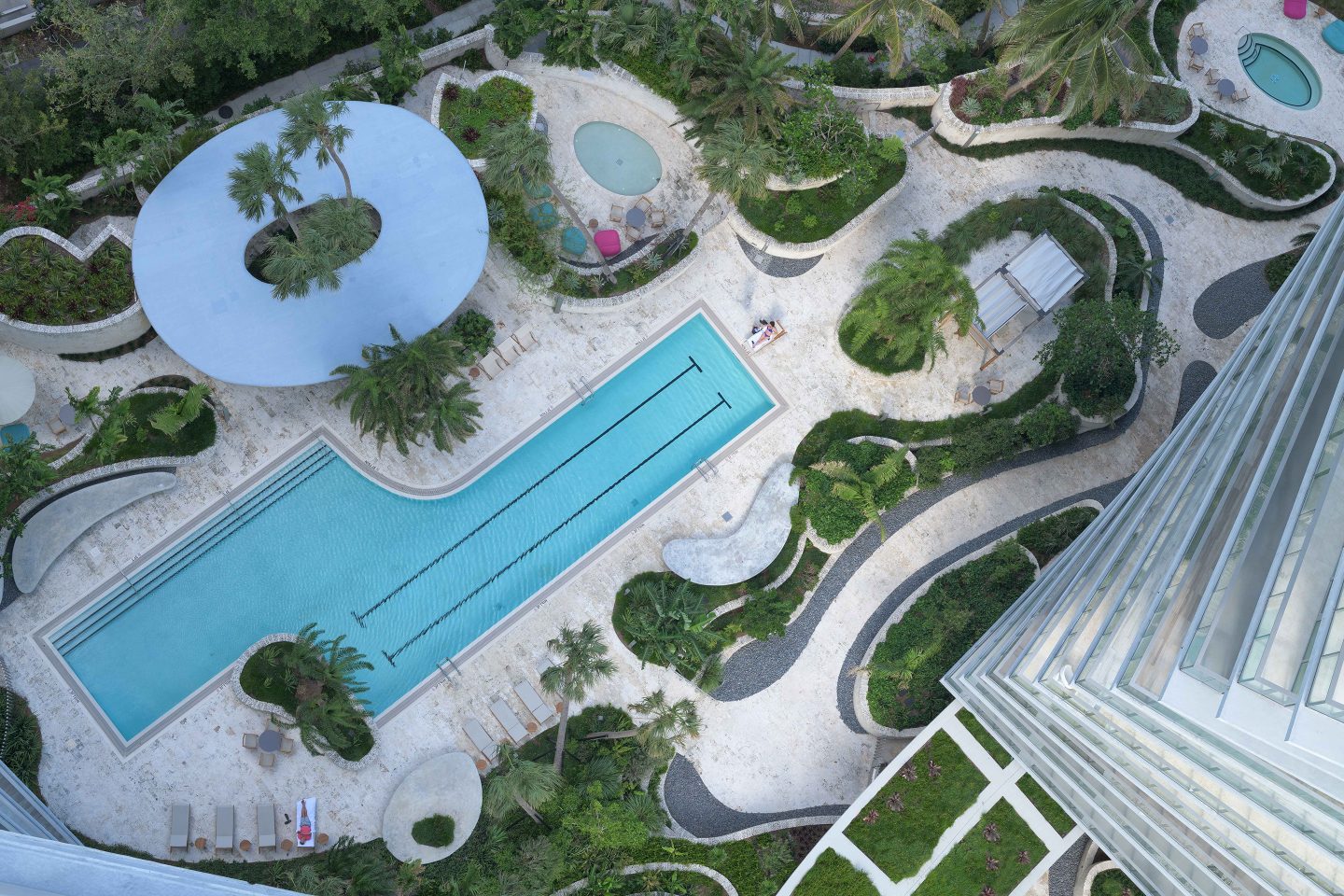
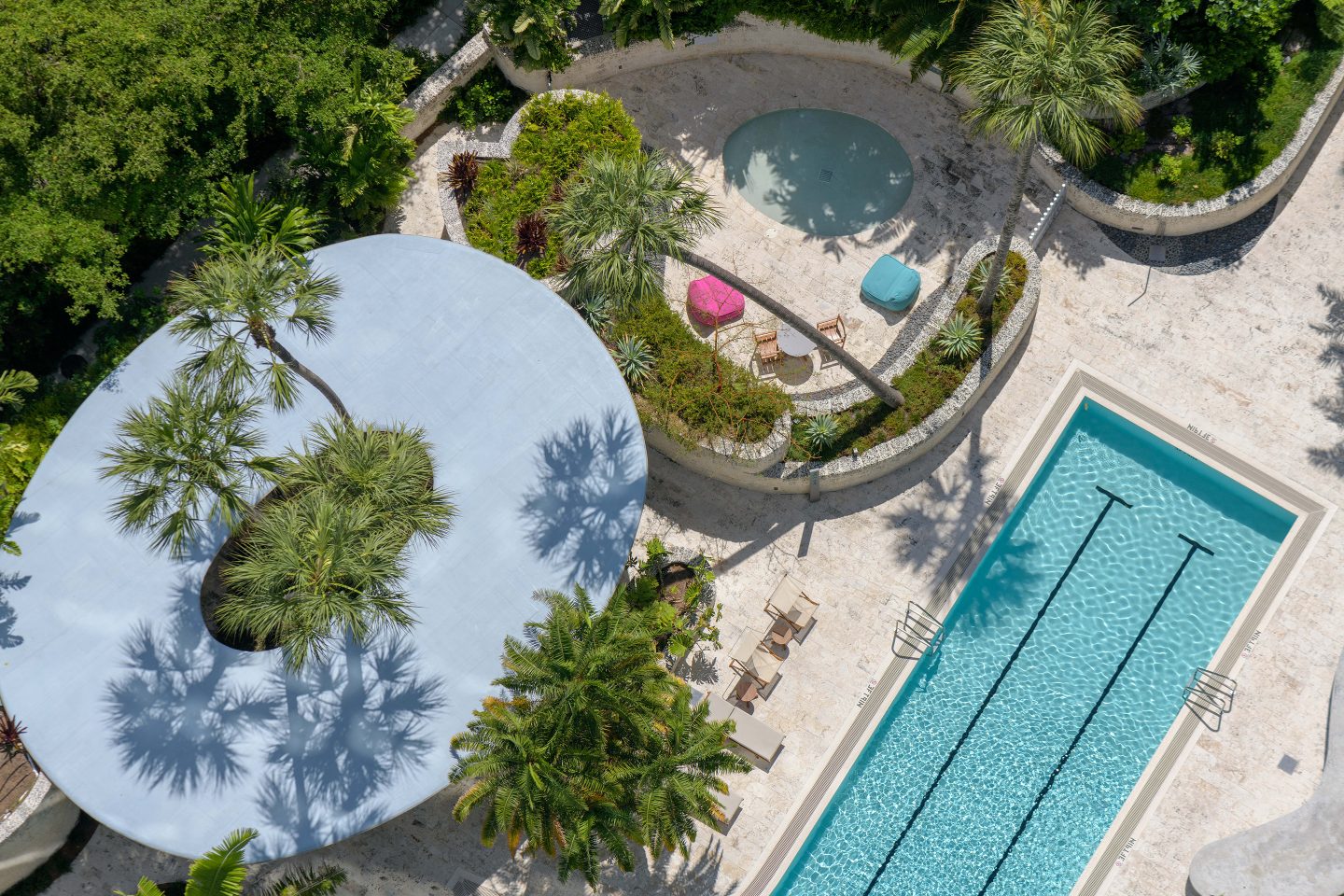
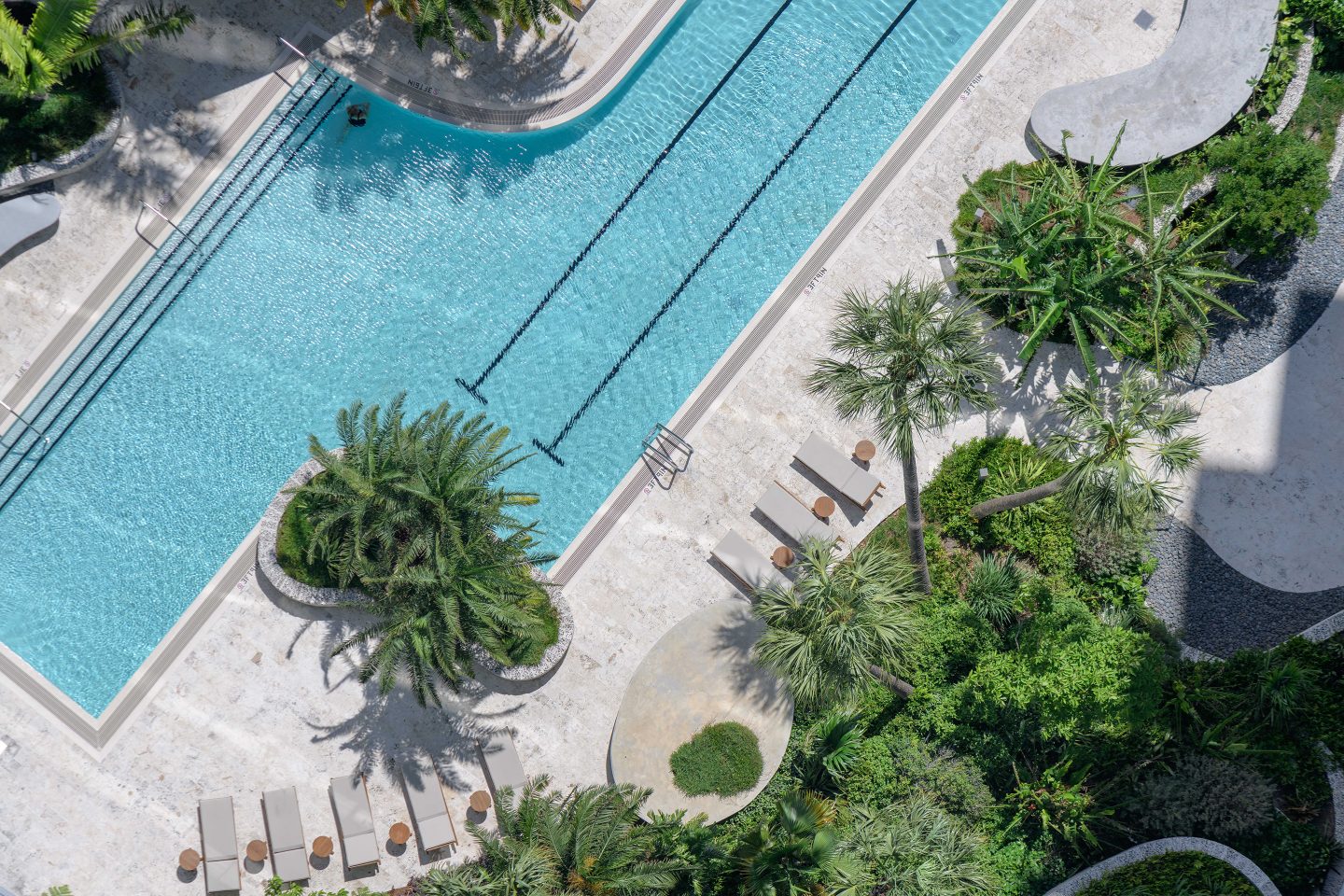
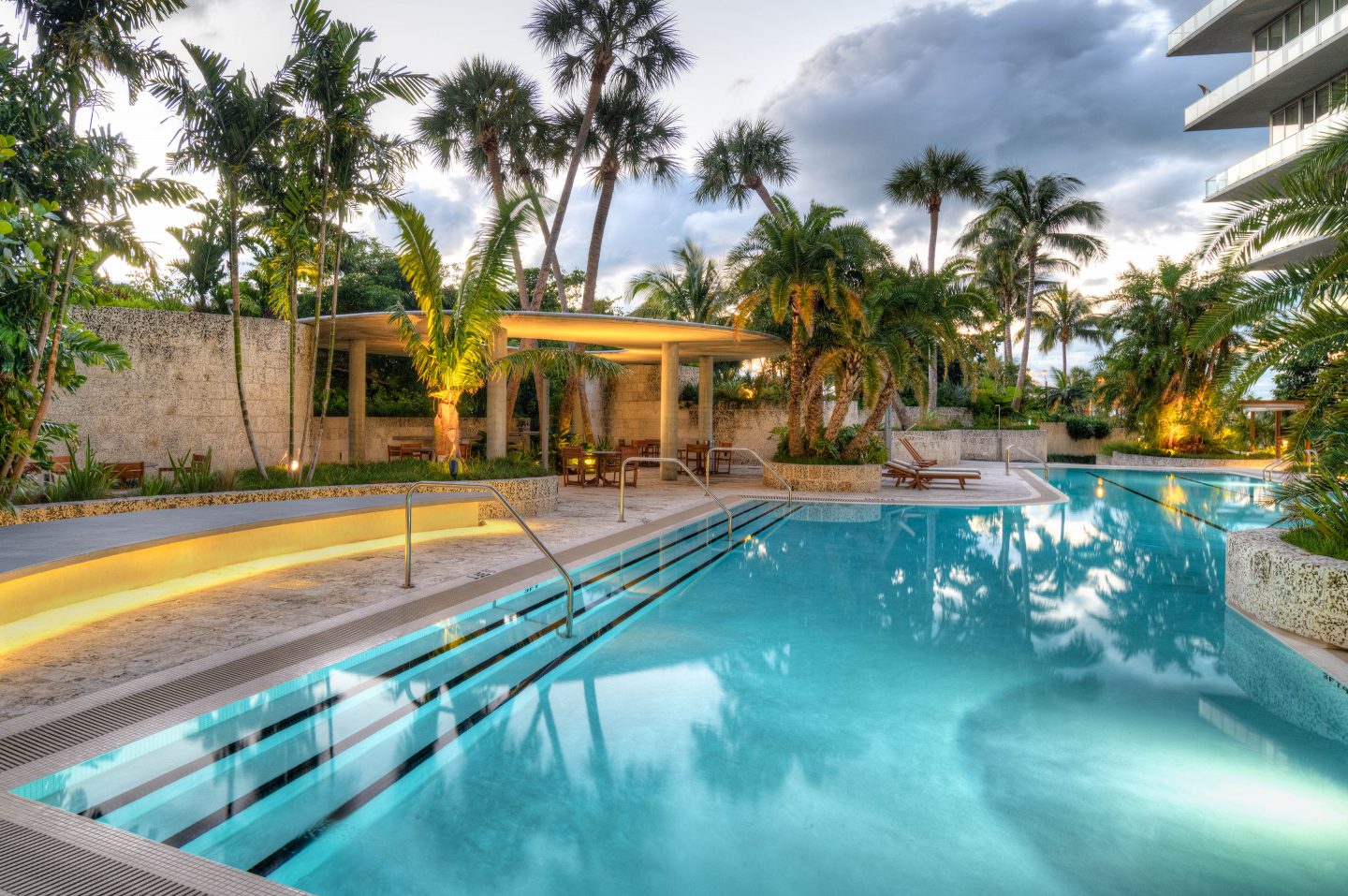


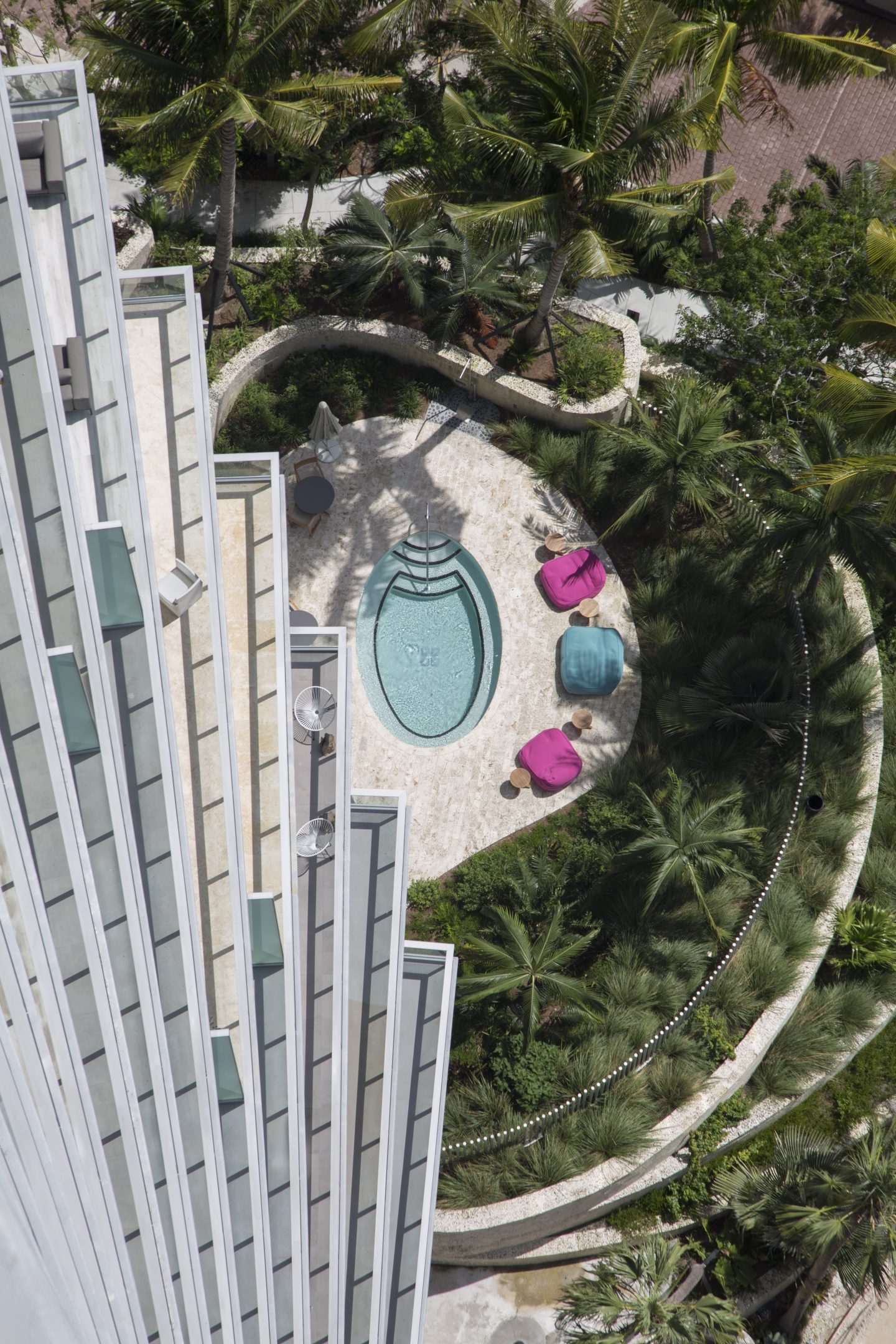
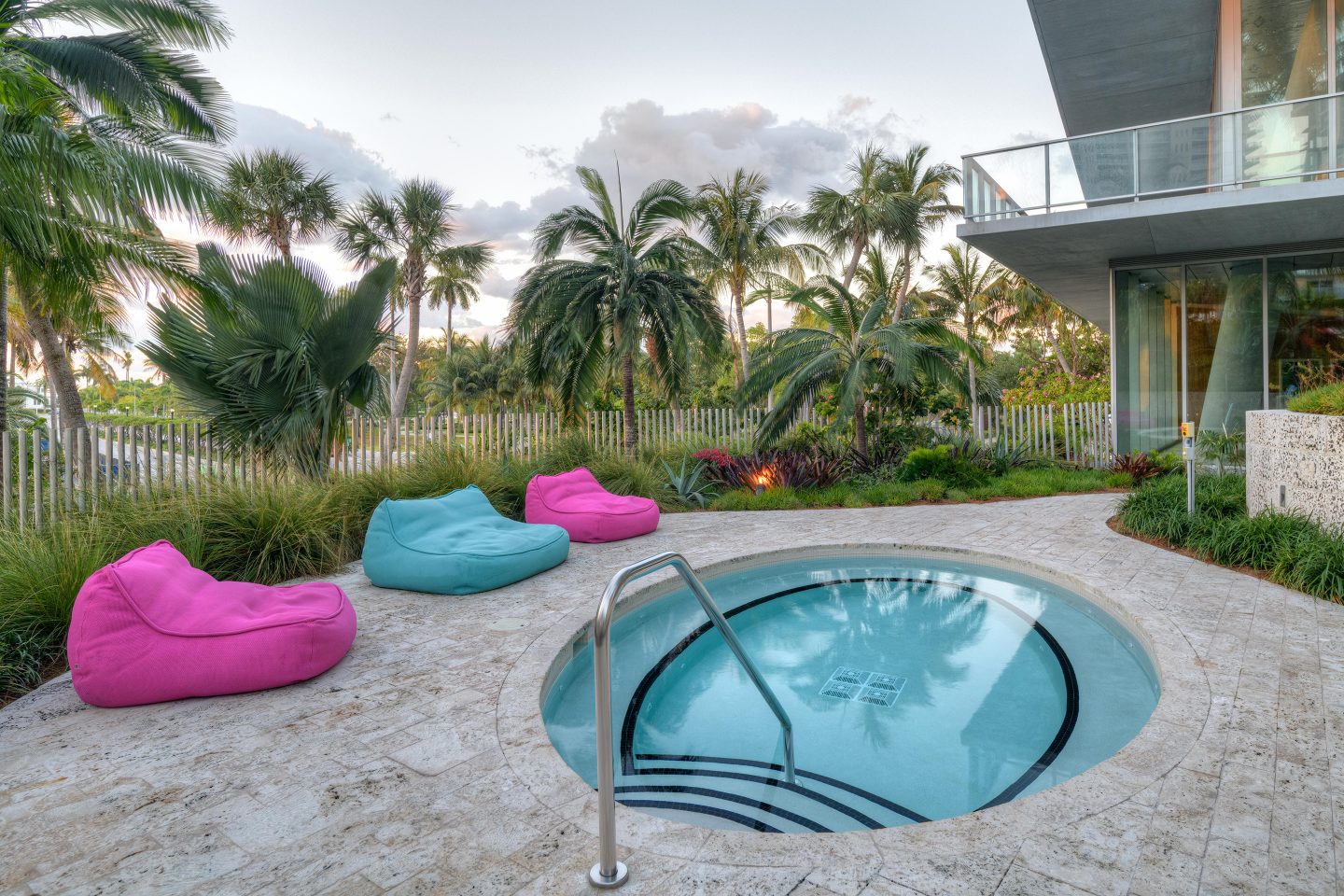
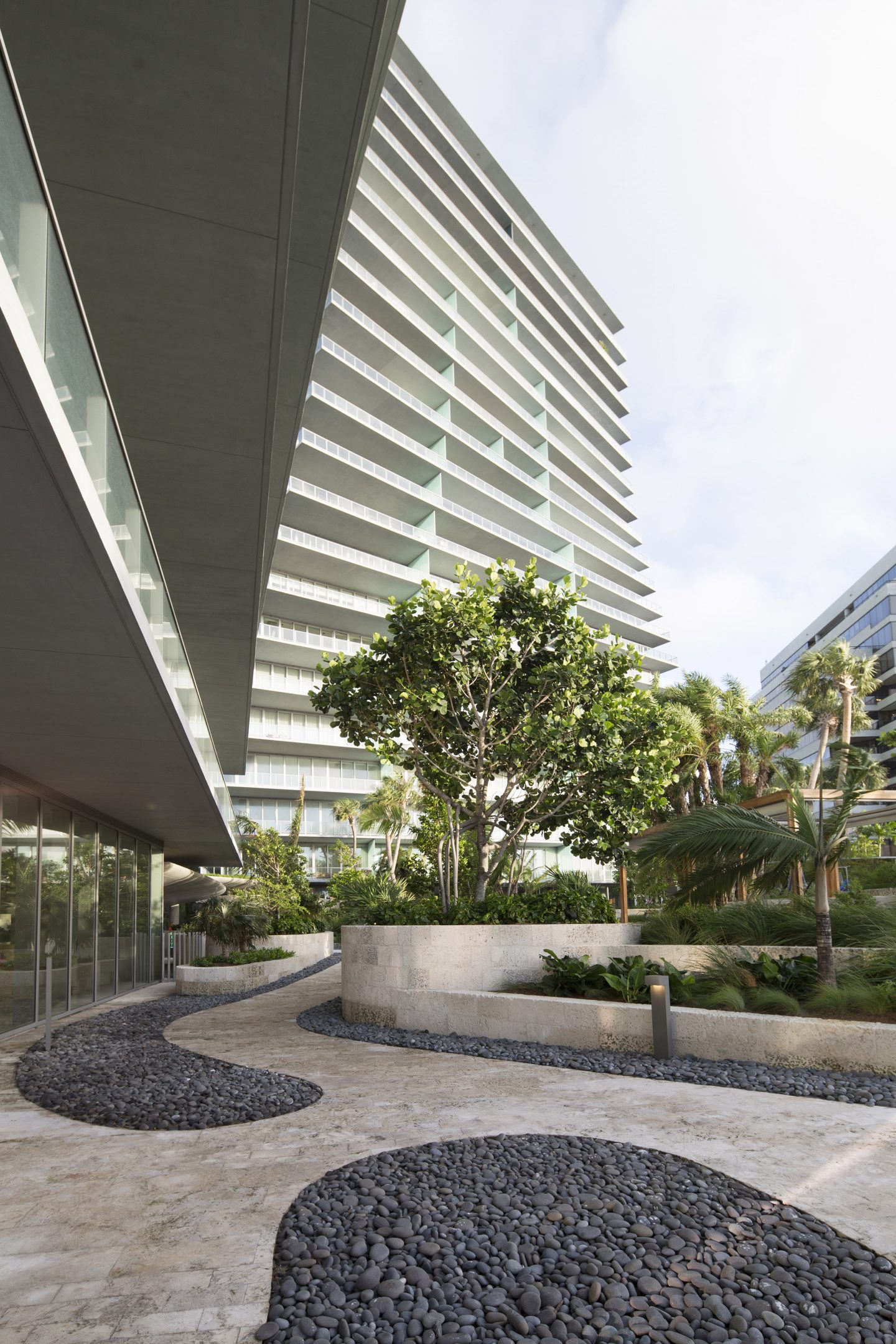
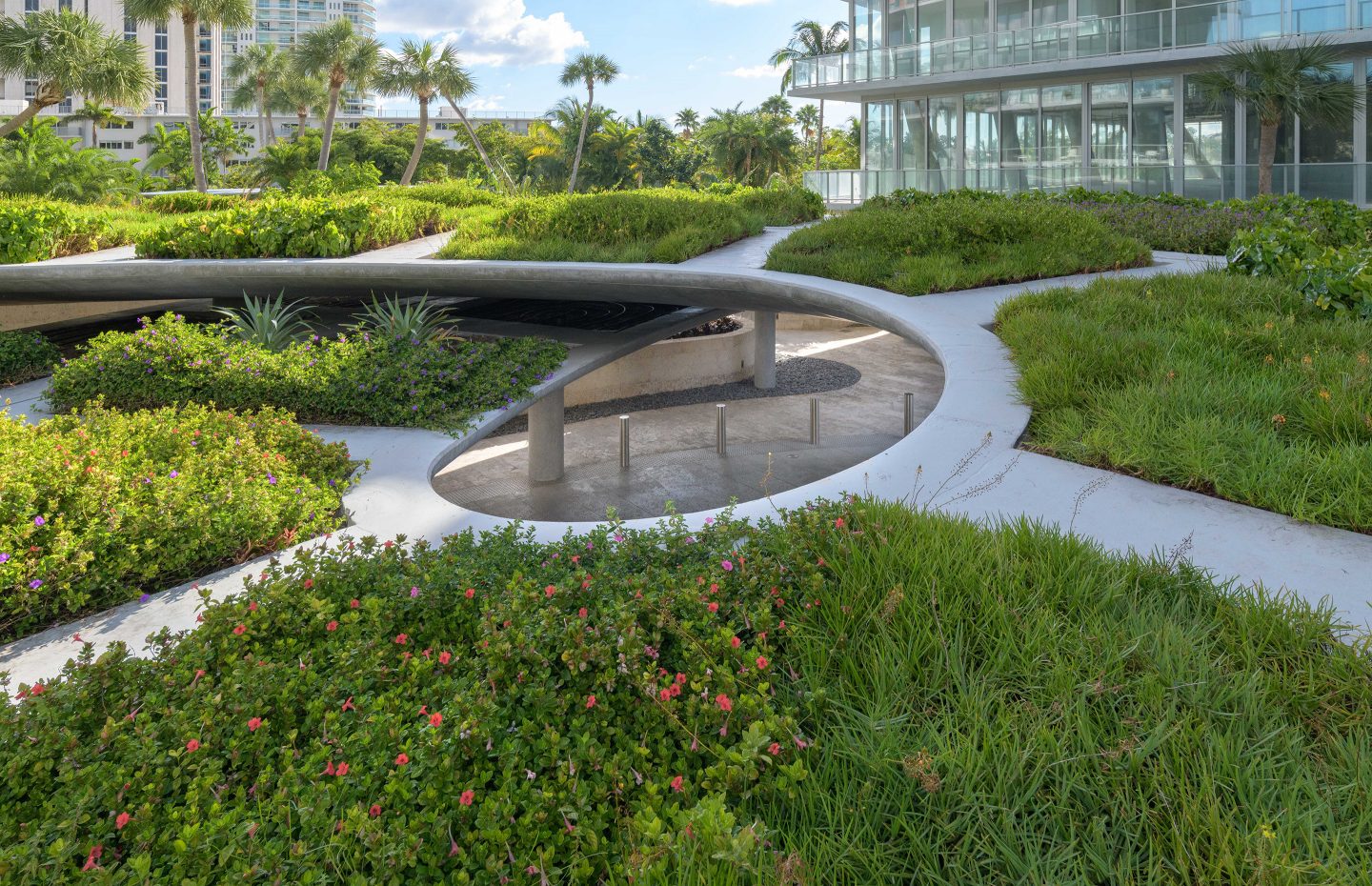
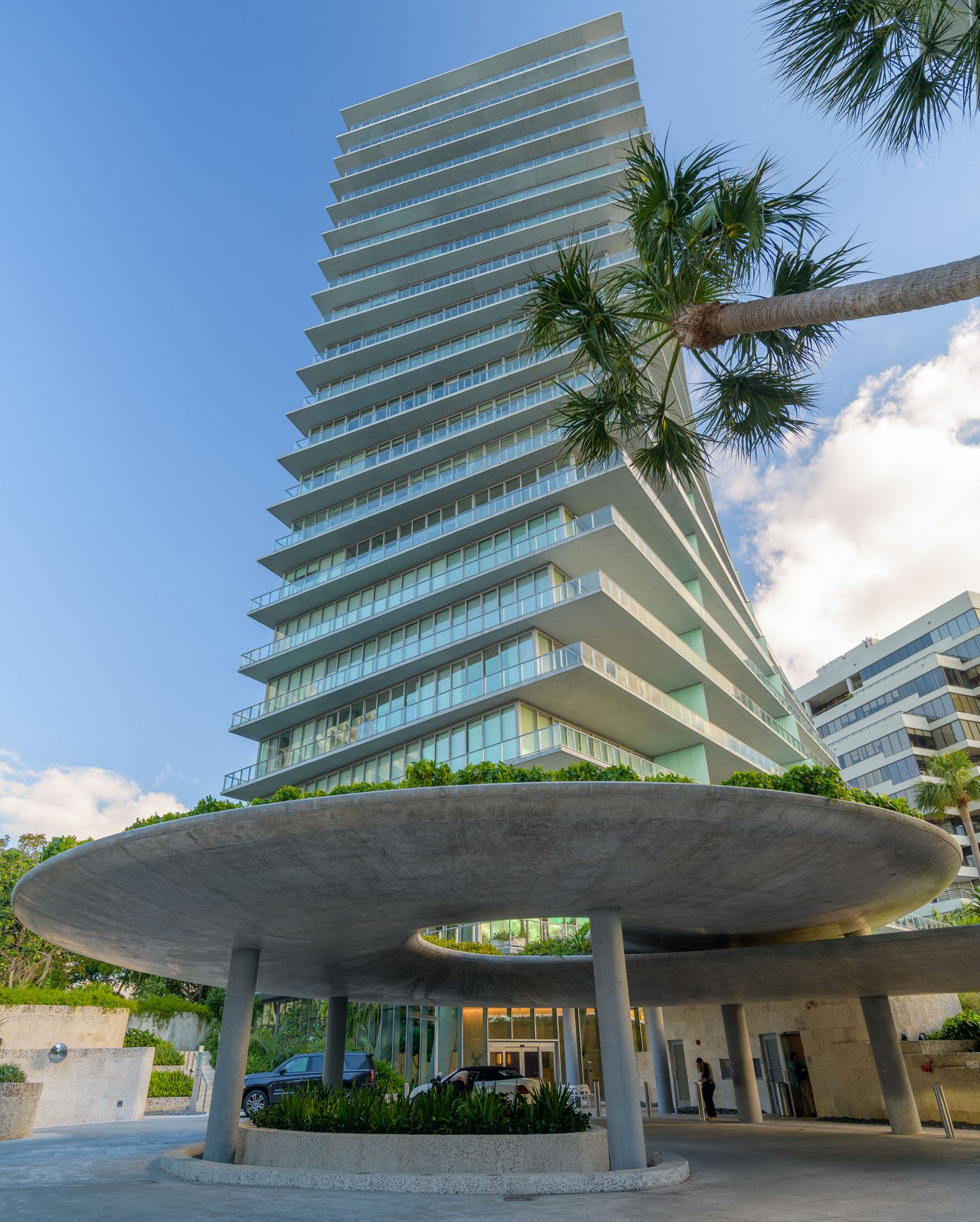
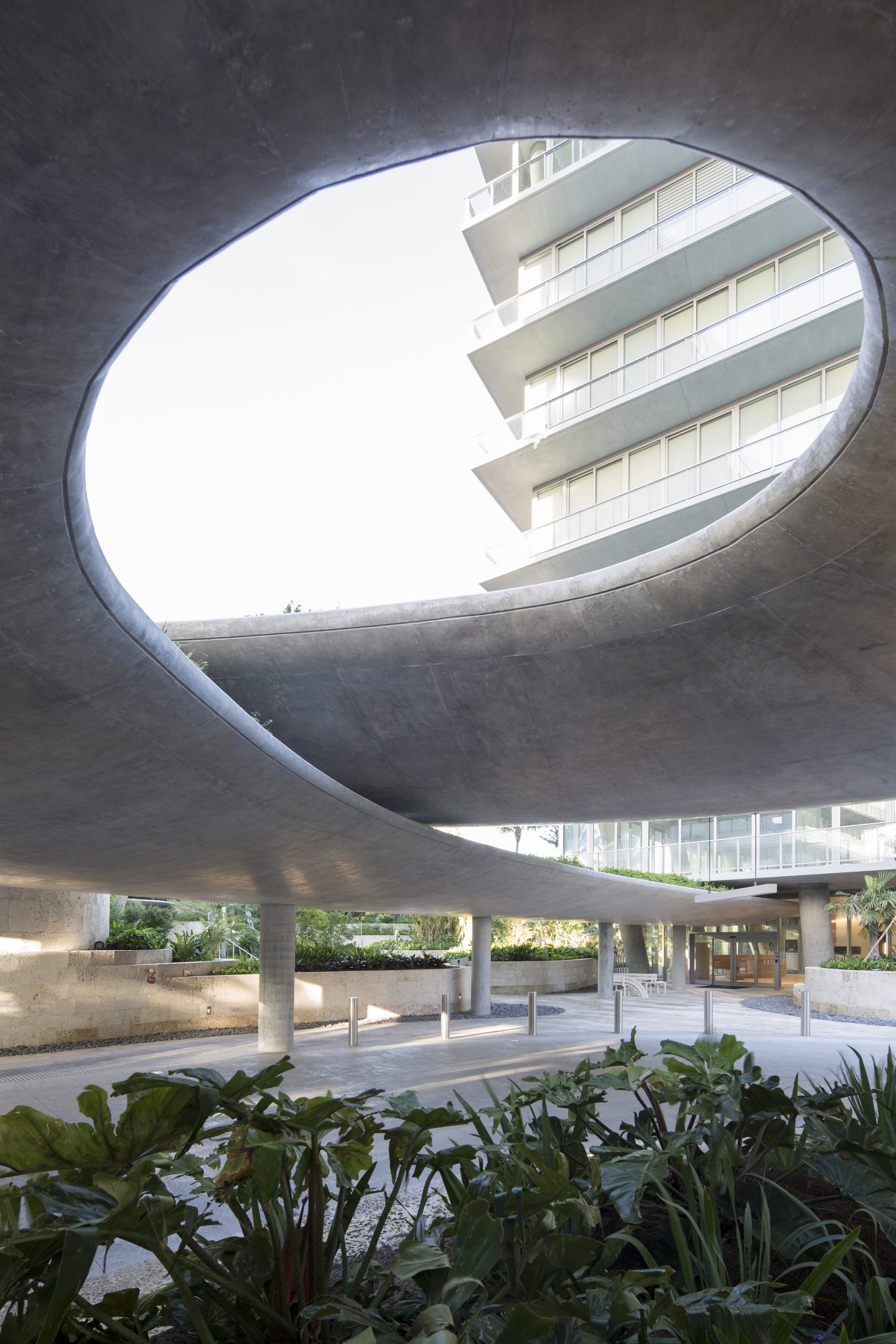
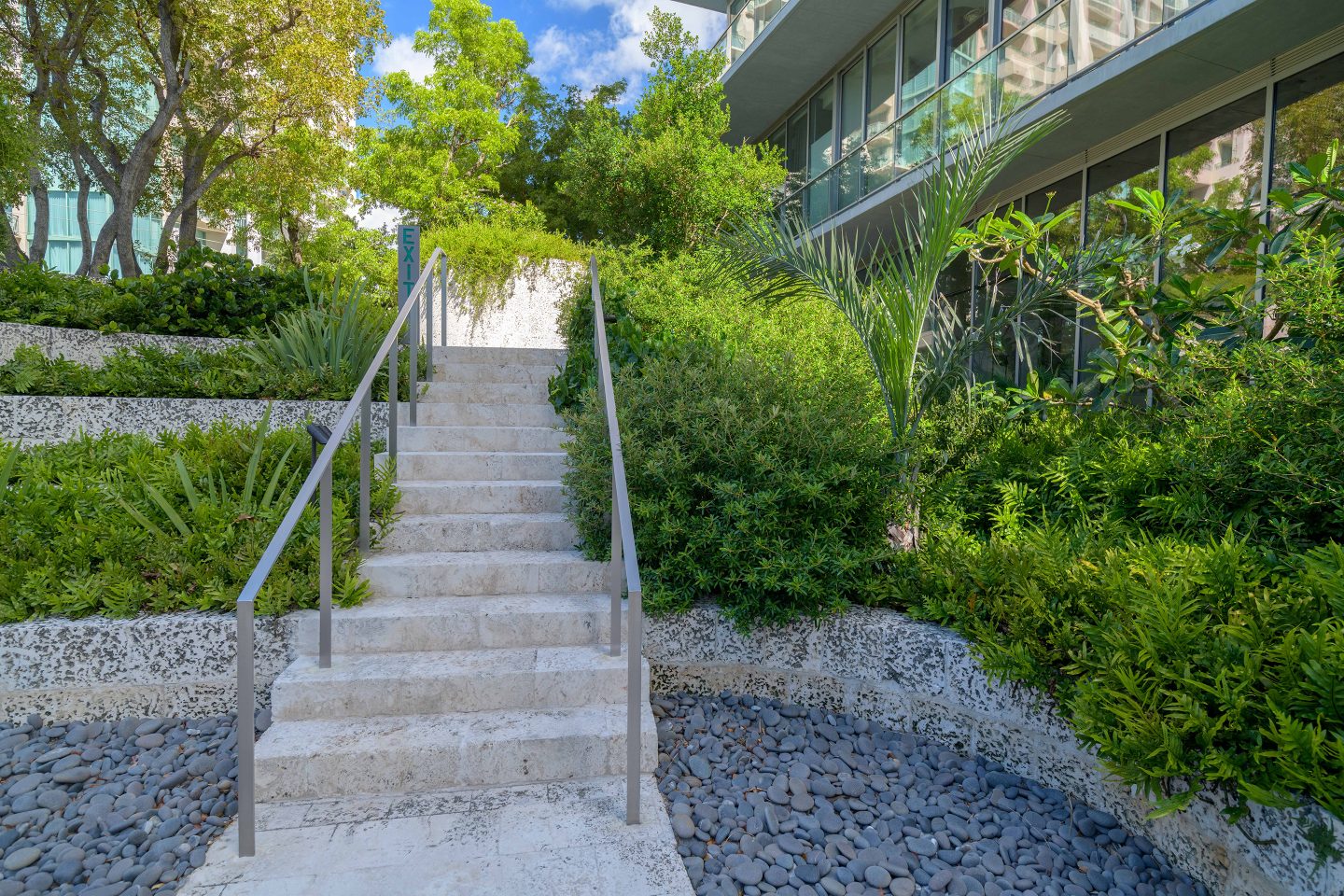
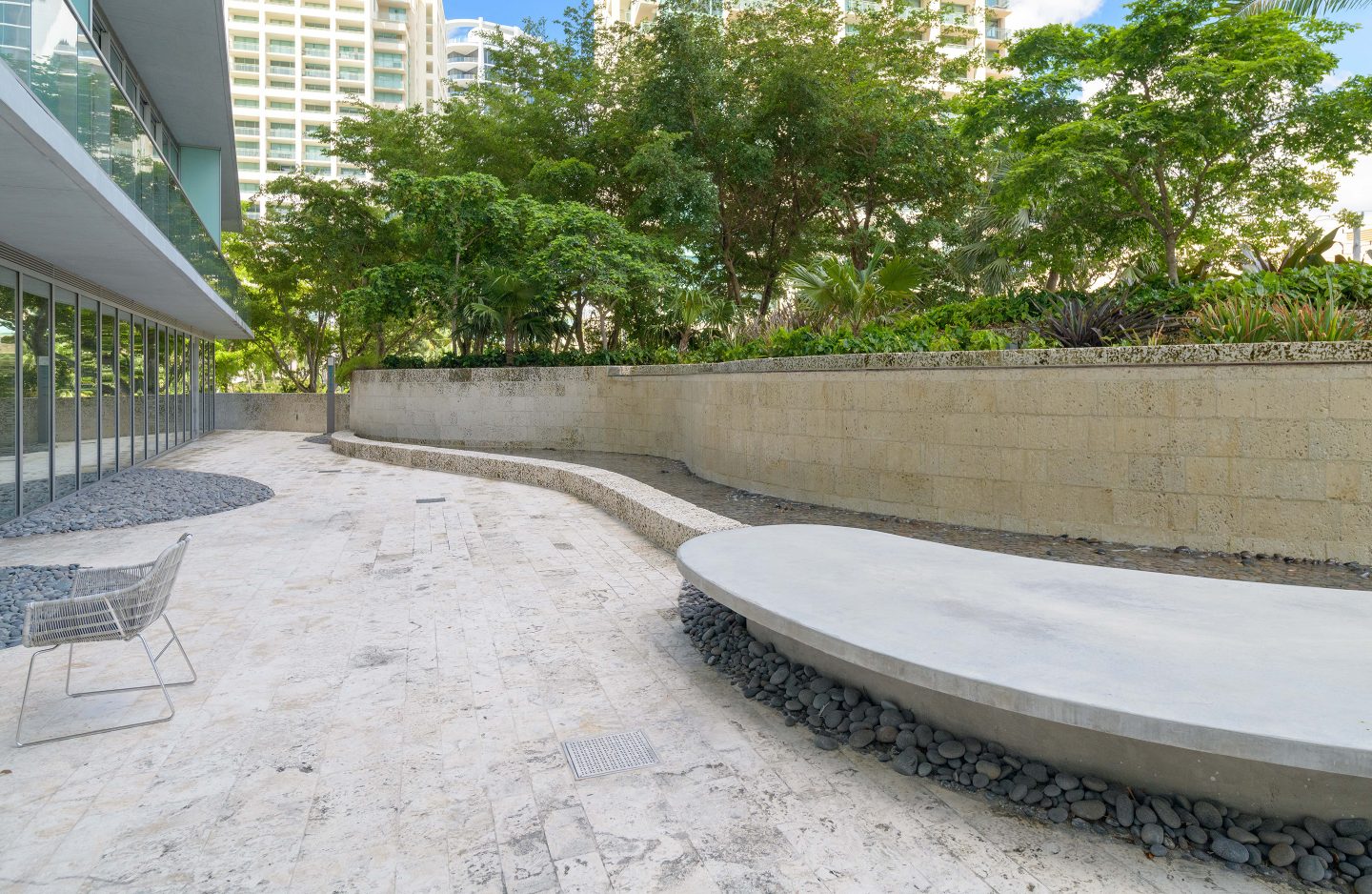
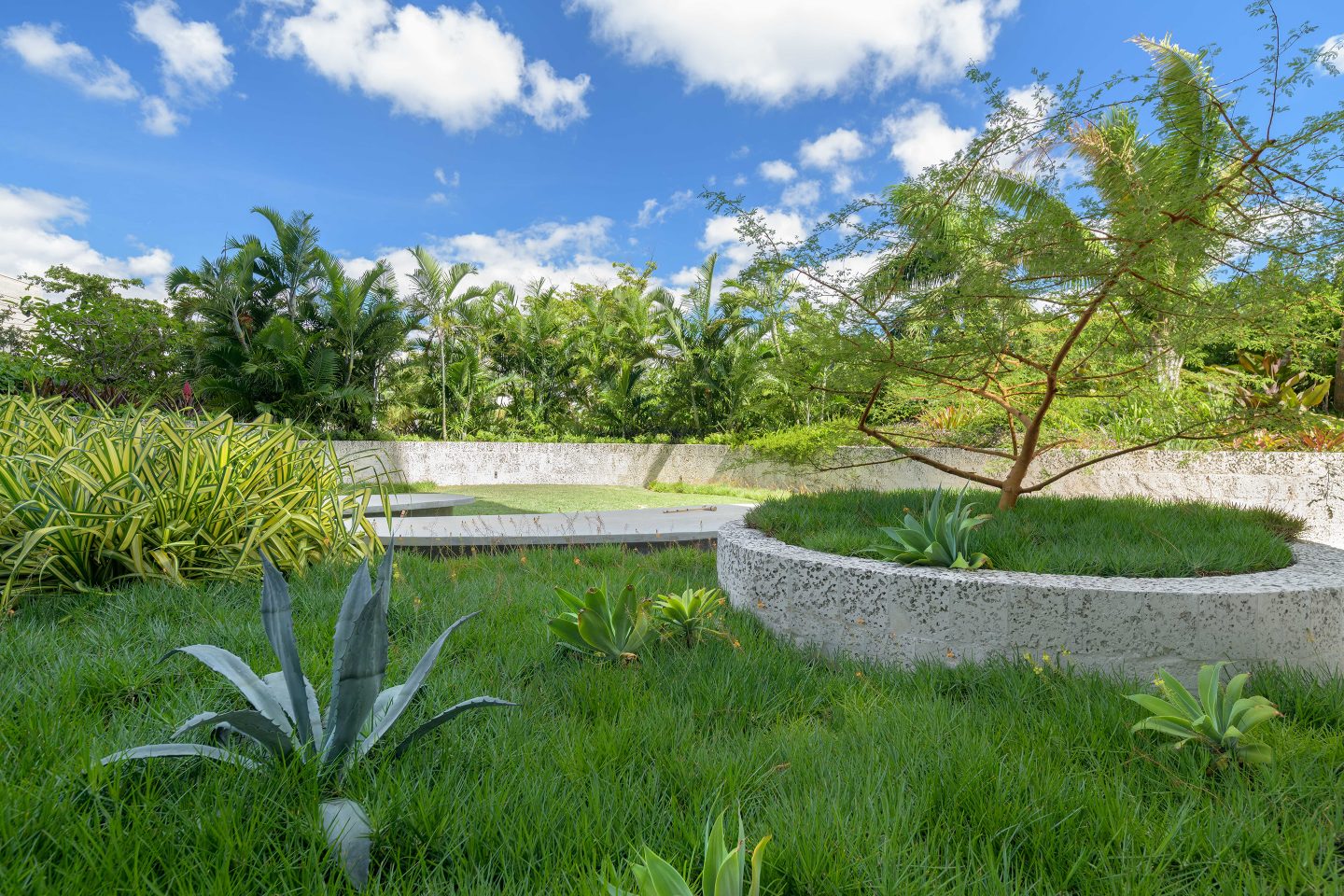

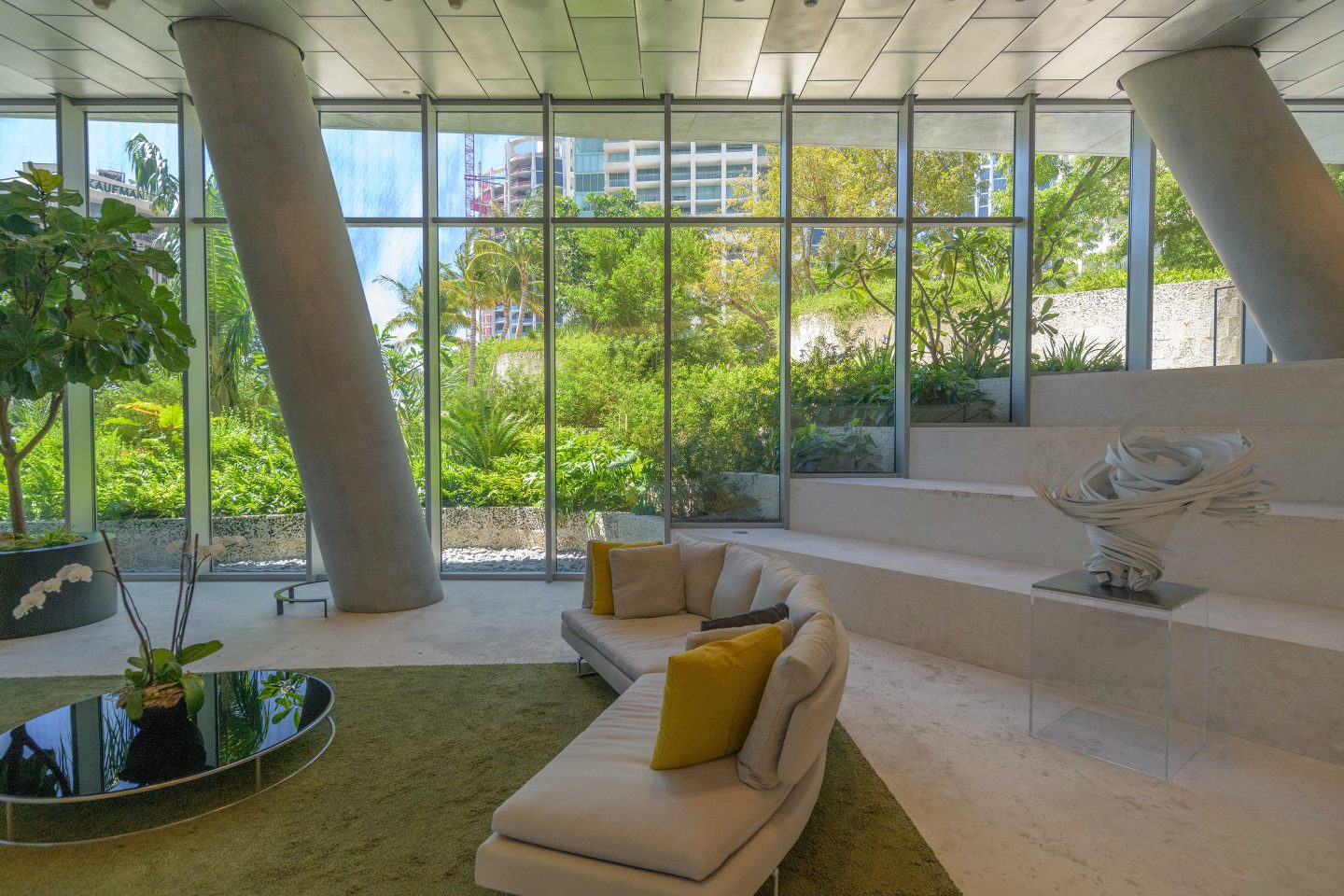
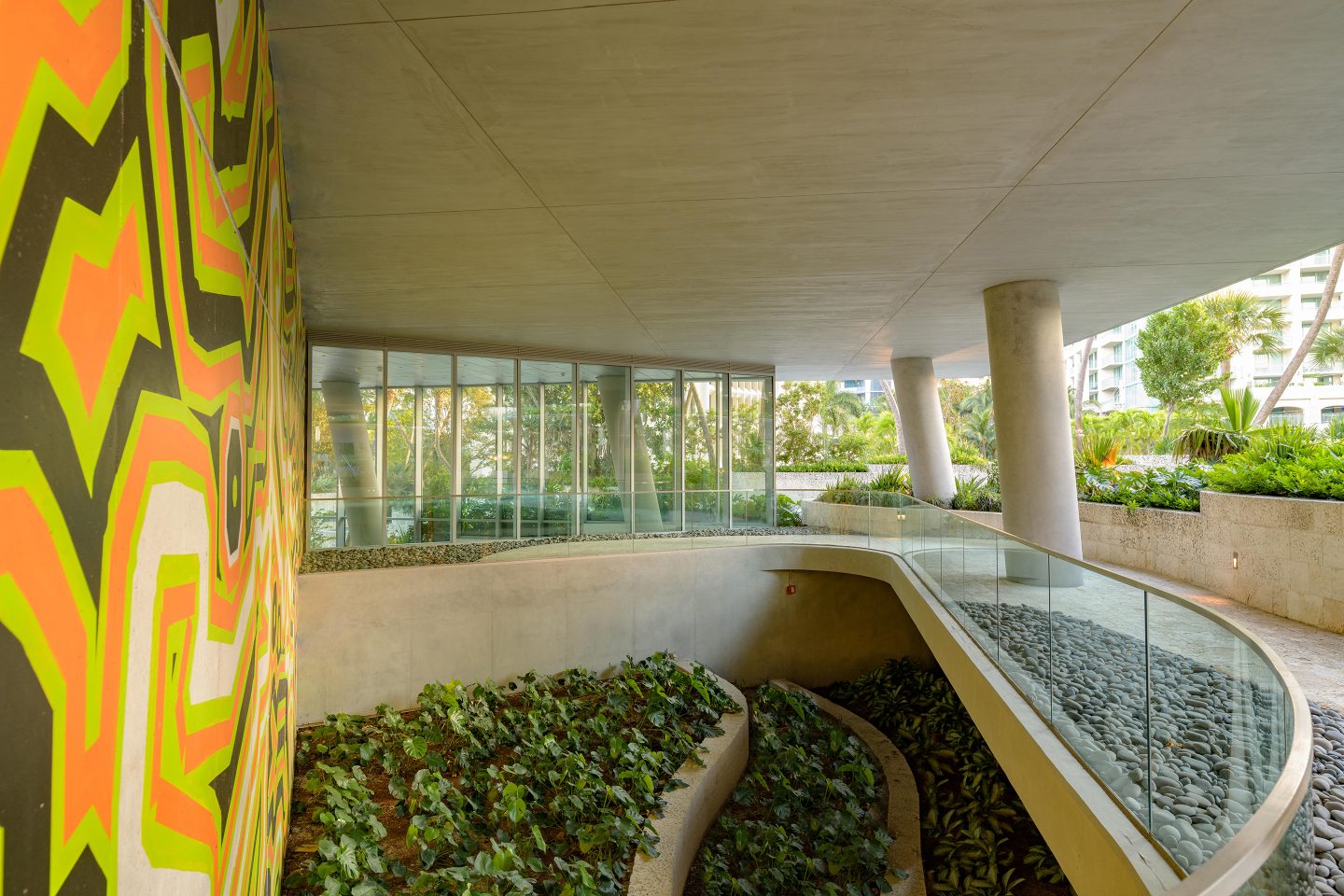
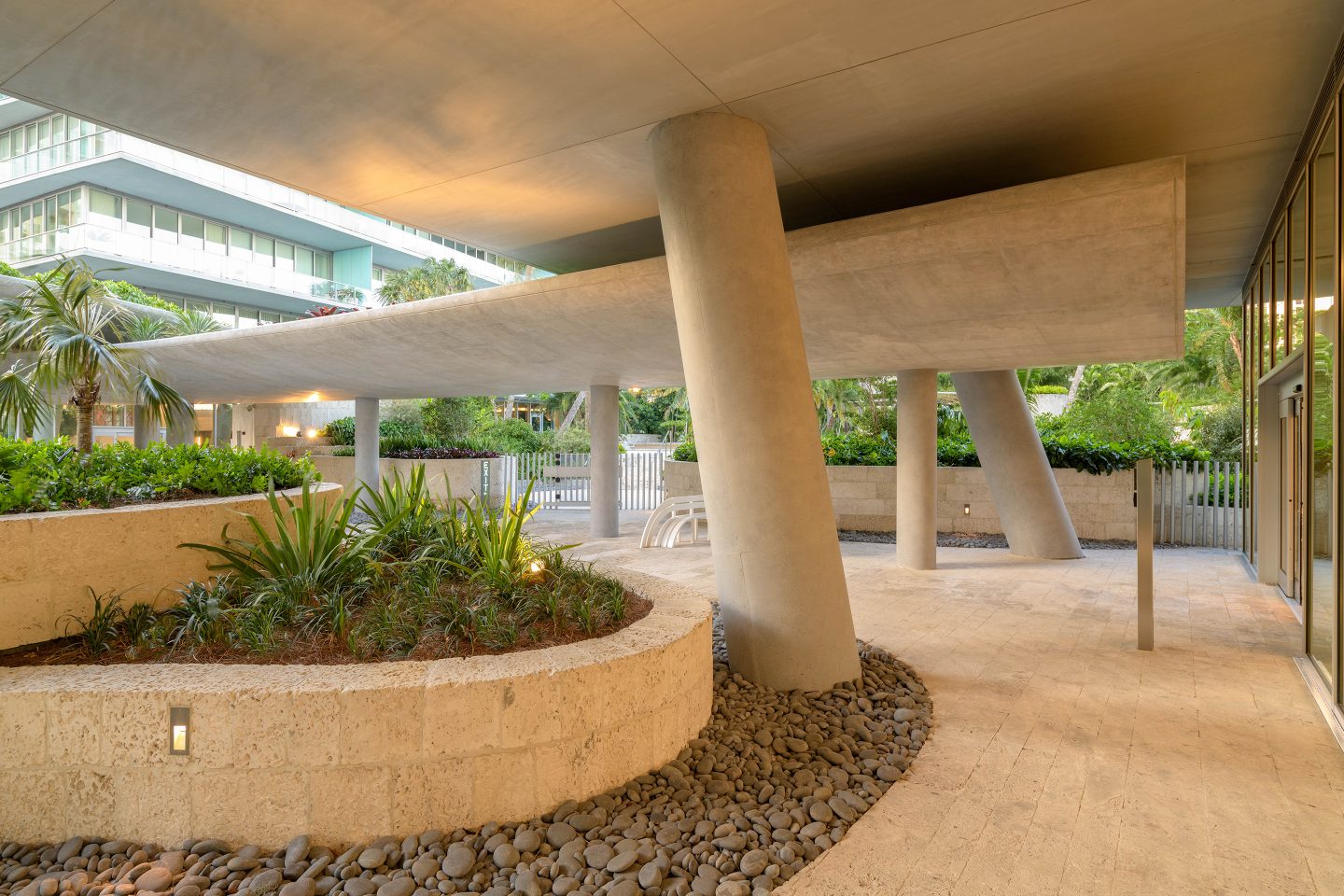
-
Previous
Masía Eolo -
Next
El Alear Garden
